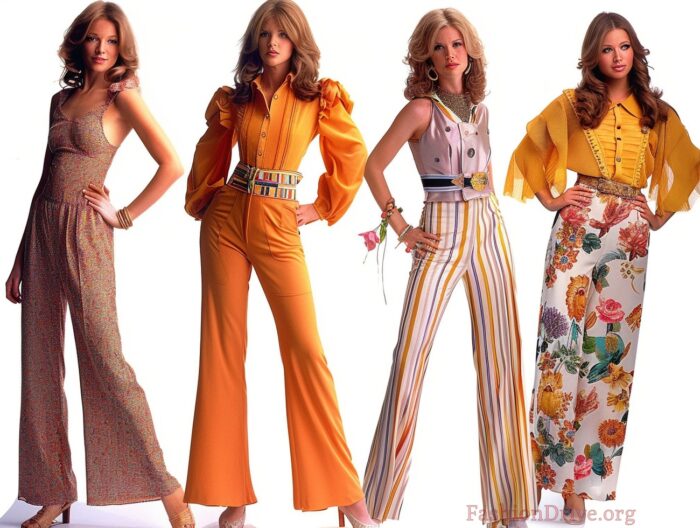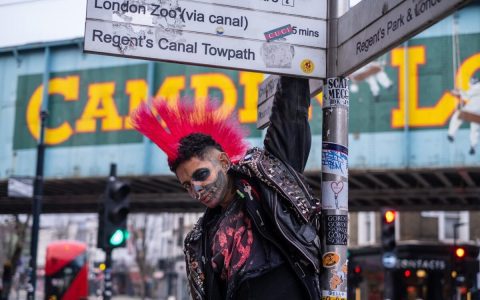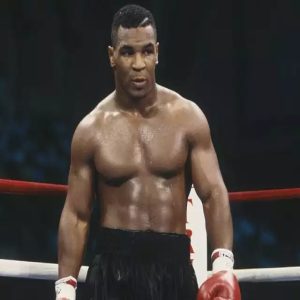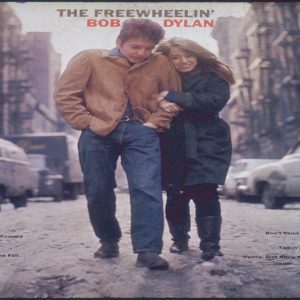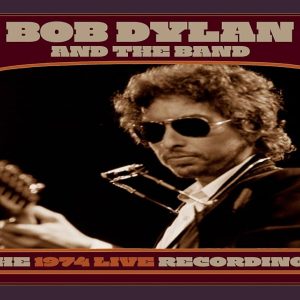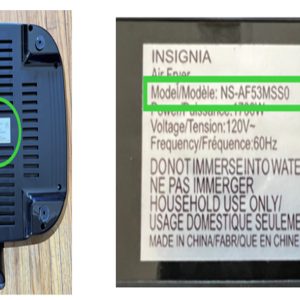The 1970s disco outfit refers to the distinctive, flamboyant clothing worn in nightclubs during the disco era, characterized by bold colors, shimmering fabrics, and exaggerated silhouettes. Rooted in African American and Latino communities, it emerged from urban dance scenes in cities like New York, fueled by the rise of disco music and social liberation movements. This style peaked between the mid-to-late 1970s, promoting self-expression through dance-oriented designs.
History of Disco Fashion
Disco fashion originated in underground clubs in the early 1970s, evolving from psychedelic and funk influences. It gained mainstream popularity after the success of films like Saturday Night Fever in 1977, which showcased the lifestyle and attire. The movement reflected cultural shifts toward inclusivity and hedonism, often using synthetic materials like polyester for affordability and movement. By the decade's end, it influenced high fashion but faded as the 1980s brought new trends.
Key Disco Outfit Pieces
- Bell-bottom pants: Wide-legged trousers with flared hems, typically in vibrant hues or metallics for a dramatic dance effect.
- Sequin tops: Shiny, sleeveless or V-neck shirts adorned with sequins or glitter, often unbuttoned to expose chest chains.
- Platform shoes: Elevated footwear with thick soles for men and women, featuring disco ball-like embellishments or bold colors.
- Wrap dresses: For women, form-fitting gowns with plunging necklines and flowing skirts, made of satin or polyester.
- Leisure suits: For men, matching polyester jackets and pants with contrasting lapels, paired with open-necked shirts.
- Accessories: Chunky gold chains, hoop earrings, headbands with feathers, and wide belts with oversized buckles.
Overall, the disco outfit emphasized glamour and movement, prioritizing loose fits, reflective materials, and a flamboyant aesthetic to capture the energetic nightlife spirit of the time.
